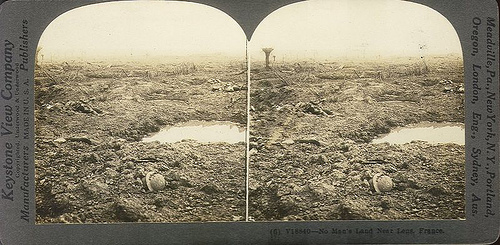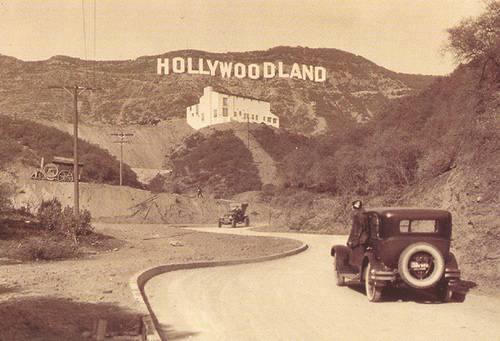Inventors killed by their own inventions:
- According to the Bible, Haman was hanged by the gallows he invented.
- William Bullock (1813-1837) was crushed to death while trying to fix a rotary printing press he’d invented.
- Otto Lilienthal died in 1896 after a crash in one of his hang gliders.
- Thomas Midgley Jr. strangled in the cord of a pulley-operated mechanical bed he’d designed in 1944.
- Alexander Bogdanov, a Russian physician, died when he accepted a “rejuvenating” transfusion of blood infected with malaria and tuberculosis.
And Jim Fixx, author of The Complete Book of Running, died of a heart attack while jogging.



